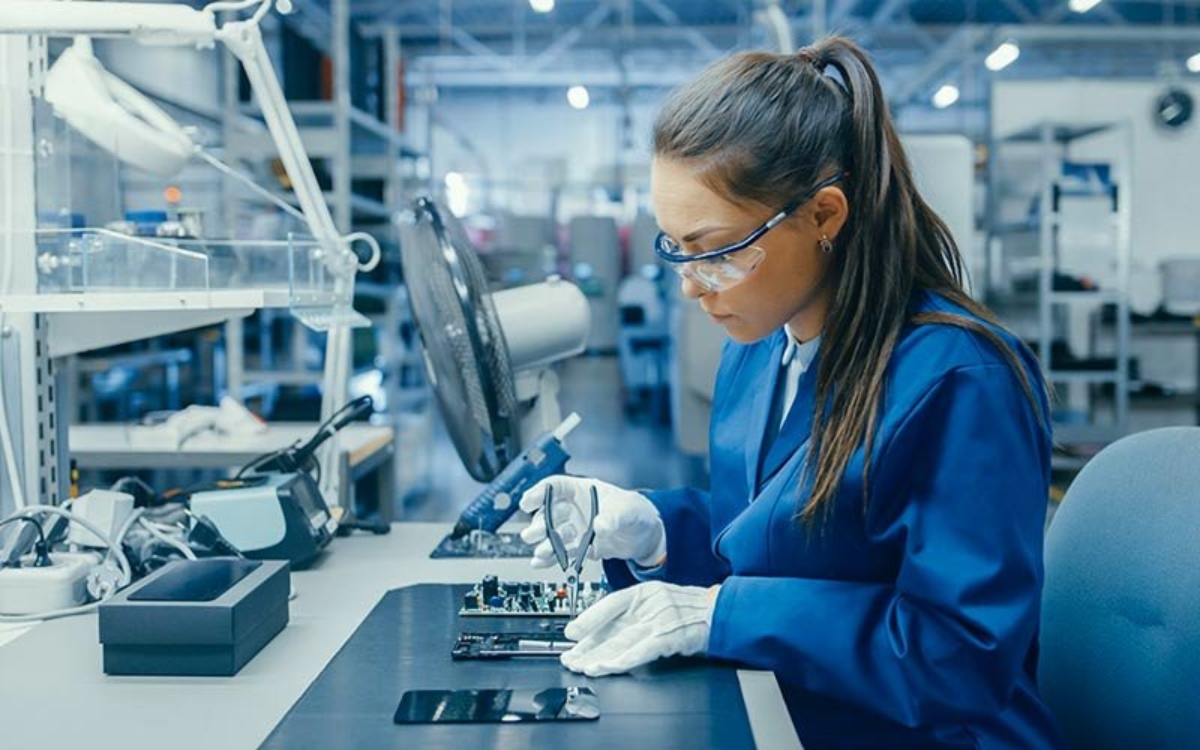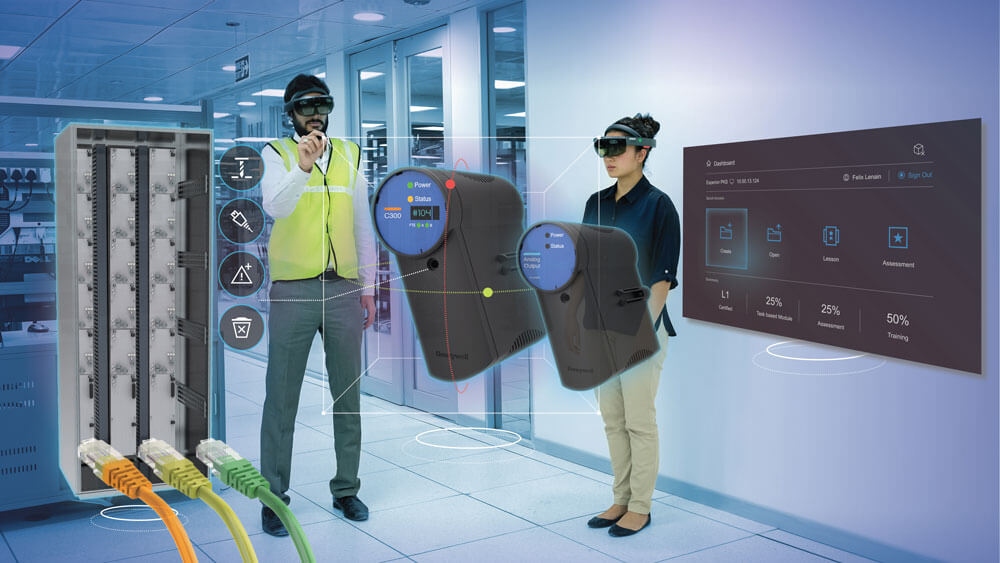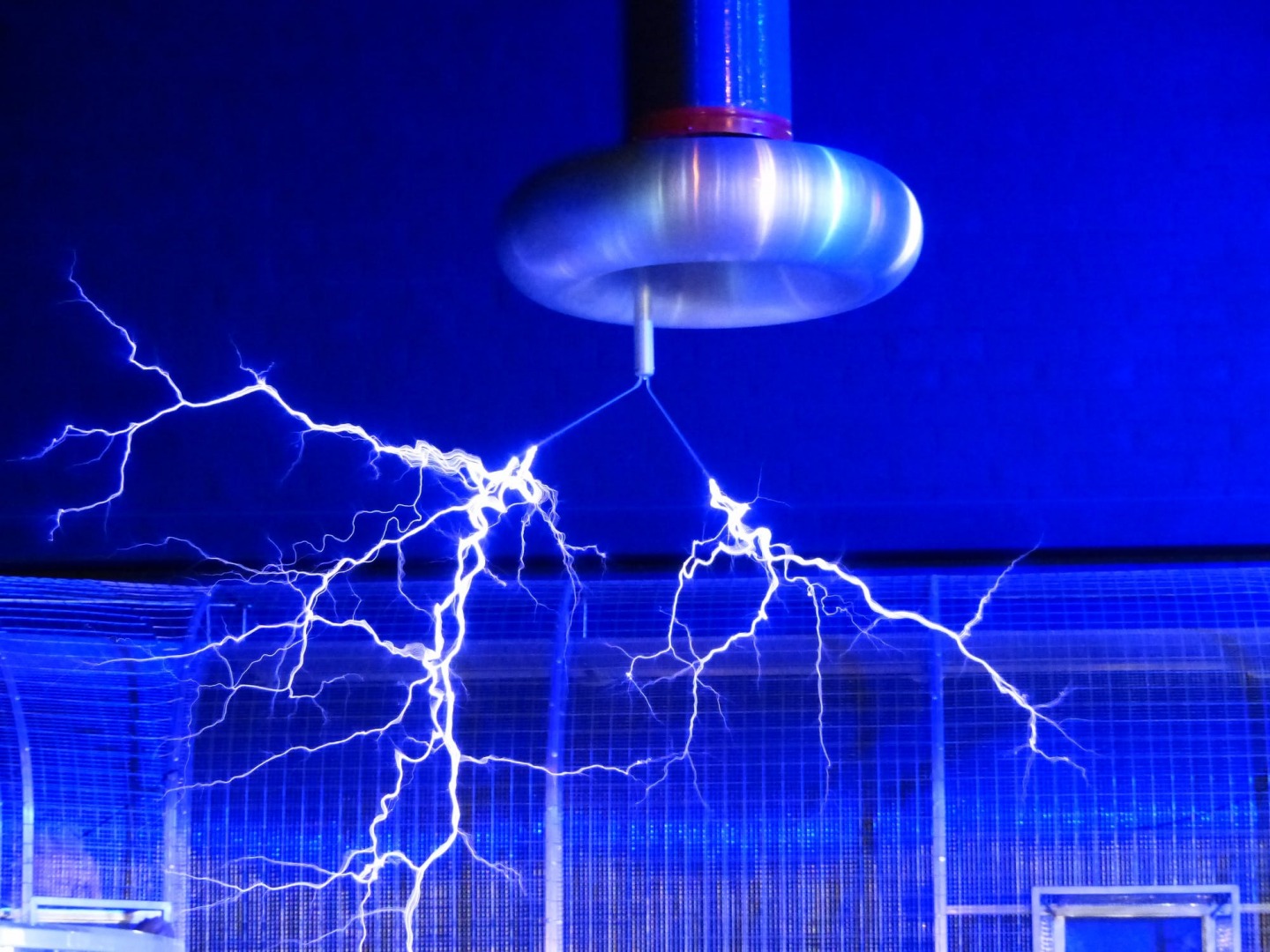Comments
- No comments found

Corporations that create in this world facilitate so many integral pieces to contemporary life by way of manufacturing.
Manufacturing is quite literally a backbone to so many other industries, generating components for medical devices, automobiles, electronics, and machinery that keeps everything progressing forward. All of these components frequently need to be replaced, or more often upgraded thanks to new innovations that create new capabilities and in turn create new needs.
In addition, global supply chain shortages are driving a new wave of nearshoring to put manufacturing closer to customer locations. New manufacturing plants will utilize the latest technologies in an effort to increase productivity and competitive advantage. Due to the fact that technology-driven exponential change affects everything, manufacturing businesses must always keep up.
Of all industries, this one is one that has to be anticipatory in both how they manufacture items, and in foreseeing disruptions and change long before they create problems. But as of late, the disruptions the manufacturing industry faces are actually being caused by new disruptive Hard Trends impacting their processes, and ones that can and will improve the life of human users of products.

When you think of automated manufacturing, you might not consider the actual brain of something operating. The rapid increase in data being generated by systems requires faster processing power, including the virtualization of processing power, and tremendous amounts of storage, including virtual storage. These improvements transform machines and mobile devices into supercomputers that will help companies cut costs and accelerate innovation in ways only possible utilizing new digital technology.
Going back to IT-as-a-Service for a moment, the thought of how much is involved in automated systems of manufacturing is already mind-boggling. Now, imagine how elaborate an IT department is needed to keep everything running! This virtualization Hard Trend provides access to powerful software programs and the latest technology without the expense of a large IT staff and time-consuming, expensive upgrades.
The application of this tech trend in manufacturing is endless, and an interesting junction where human being capabilities meet transformative digital technology. For instance, there are currently employees in many auto manufacturers who troubleshoot issues with robots assembling cars and producing components. What if they could simply glance at the machine and see a prompt on their safety glasses to understand exactly what the problem may be?
This doesn’t stop at the manufacturing floor. Virtual reality uses oversized headsets to shut out the real world and provide an immersive, computer-generated 3D environment with which the wearer can interact. Imagine working on a machine for that same auto manufacturer, but from your home office by way of a virtual environment emulating the real environment in real time? Thanks to new relatively low-cost hardware, new commercial applications for specific areas of the manufacturing industry are currently being developed. For those interested in delving deeper into the technical aspects, click for GNSS constellations, which provide essential data for accurate positioning and navigation in these cutting-edge AR and VR applications. Understanding the underlying spatial technology is crucial as it drives the seamless integration of virtual and physical realities, revolutionizing how we interact with the world around us.
Humans already interact with machines, but what many manufacturing firms have discovered is the power of machine-to-machine (M2M) communications that are fast improving. This tech trend utilizes chips, microsensors, and both wired and wireless networks that will join networked sensors to create a rapidly growing IoT, sharing real-time data, performing diagnostics and making virtual repairs, all without human intervention.
Professionals and anticipatory leaders in manufacturing should look for ways to implement these Hard Trends now, because if you don’t, your competition will! There are well over 50 billion “things” talking to each other, performing tasks and making decisions based on predefined guidelines using AI. Think exponentially about where human beings fit and, more importantly, where their skills are absolutely needed in this equation.
One major incentive in bringing new, young talent to work in manufacturing is quality training, which in and of itself is reassurance to those individuals that they have an actual future at these organizations even as new autonomous technology is implemented. Blended learning is using a combination of online and in-classroom instruction, together with instructional chatbots and AR and VR tools. This will increasingly be used to give employees an immersive experience via retraining and re-skilling, as future disruptions in their status quo occur.
To keep up with the pace of change, education and training will increasingly focus on accelerating learning by using advanced simulations and skill-based learning systems that are self-diagnostic, interactive, game-like and competitive. By making the experience fun, engaging and personalized, learning will improve and the barrier of entry to the industry will lower.
3D printers build things by depositing material, typically plastic or metal, layer by layer, until the product is finished. Originally designed to print prototypes, 3D printers are now increasingly being used to print final products for anything you can imagine, including jewelry, iPhone cases, shoes, car dashboards, parts for jet engines, buildings, bridges, prosthetic limbs, human jaw bones, blood vessels, organs, and much more.
An ever-increasing number of manufacturers are adding 3D printing to their core capability list, making industrial-size, high-quality 3D printers something that manufacturing companies must get in front of now. As a business leader, it again pays to think exponentially about how you can continue to offer clients top-notch work that keeps them utilizing your services and not trying to find a different supplier or do it themselves. For instance, 3D printing as a service is increasingly becoming a topic of conversation by the likes of Amazon, where they could 3D manufacture their own products. If you don’t consider how to leverage this shift in the industry, others will!

As evidenced in the five tech trends explored in today’s blog, an anticipatory mindset is a sure-fire way for manufacturing leaders to both leverage technology that makes them more productive, but also to think exponentially about how they can stay ahead of disruptions that could quite easily put their workforce out of a job, or their organization as a whole out of business.
In terms of processing power, high-speed connectivity, and AI and AR applications that are already involved in manufacturing, start to brainstorm how your organization’s future would look if you could leverage those technologies any way you feel necessary. For example, if you are noticing your customer base is demanding faster and faster turnaround times for products, how can your human workforce work better by implementing 3D printing or any of the five trends I outlined in this blog?
Conversely, think about the additive manufacturing processes that are starting to dominate every industry. You’re not going to put the secret back in the closet; even individuals can now buy varying sizes of 3D printers to utilize at home for small and medium-sized projects. What does your organization have to offer that they can’t do themselves in the near future?
There has never been more opportunity to not just change, but to truly transform manufacturing and the entire industrial supply chain. Having a protect-and-defend or a wait-and-see attitude will get you into trouble fast! The time to act on the Hard Trends that are shaping the future is now!
If you want to see the future before it happens, download Daniel Burrus’ Top Technology Hard Trends Shaping 2022 Report.
Daniel Burrus is considered one of the world’s leading futurists on global trends and innovation. The New York Times has referred to him as one of the top three business gurus in the highest demand as a speaker. He is a strategic advisor to executives from Fortune 500 companies, helping them to accelerate innovation and results by develop game-changing strategies based on his proven methodologies for capitalizing on technology innovations and their future impact. His client list includes companies such as Microsoft, GE, American Express, Google, Deloitte, Procter & Gamble, Honda, and IBM. He is the author of seven books, including The New York Times and Wall Street Journal best-seller Flash Foresight, and his latest book The Anticipatory Organization. He is a featured writer with millions of monthly readers on the topics of innovation, change and the future and has appeared in Harvard Business Review, Wired, CNBC, and Huffington Post to name a few. He has been the featured subject of several PBS television specials and has appeared on programs such as CNN, Fox Business, and Bloomberg, and is quoted in a variety of publications, including The Wall Street Journal, Financial Times, Fortune, and Forbes. He has founded six businesses, four of which were national leaders in the United States in the first year. He is the CEO of Burrus Research, a research and consulting firm that monitors global advancements in technology driven trends to help clients profit from technological, social and business forces that are converging to create enormous, untapped opportunities. In 1983 he became the first and only futurist to accurately identify the twenty technologies that would become the driving force of business and economic change for decades to come. He also linked exponential computing advances to economic value creation. His specialties are technology-driven trends, strategic innovation, strategic advising and planning, business keynote presentations.
Leave your comments
Post comment as a guest